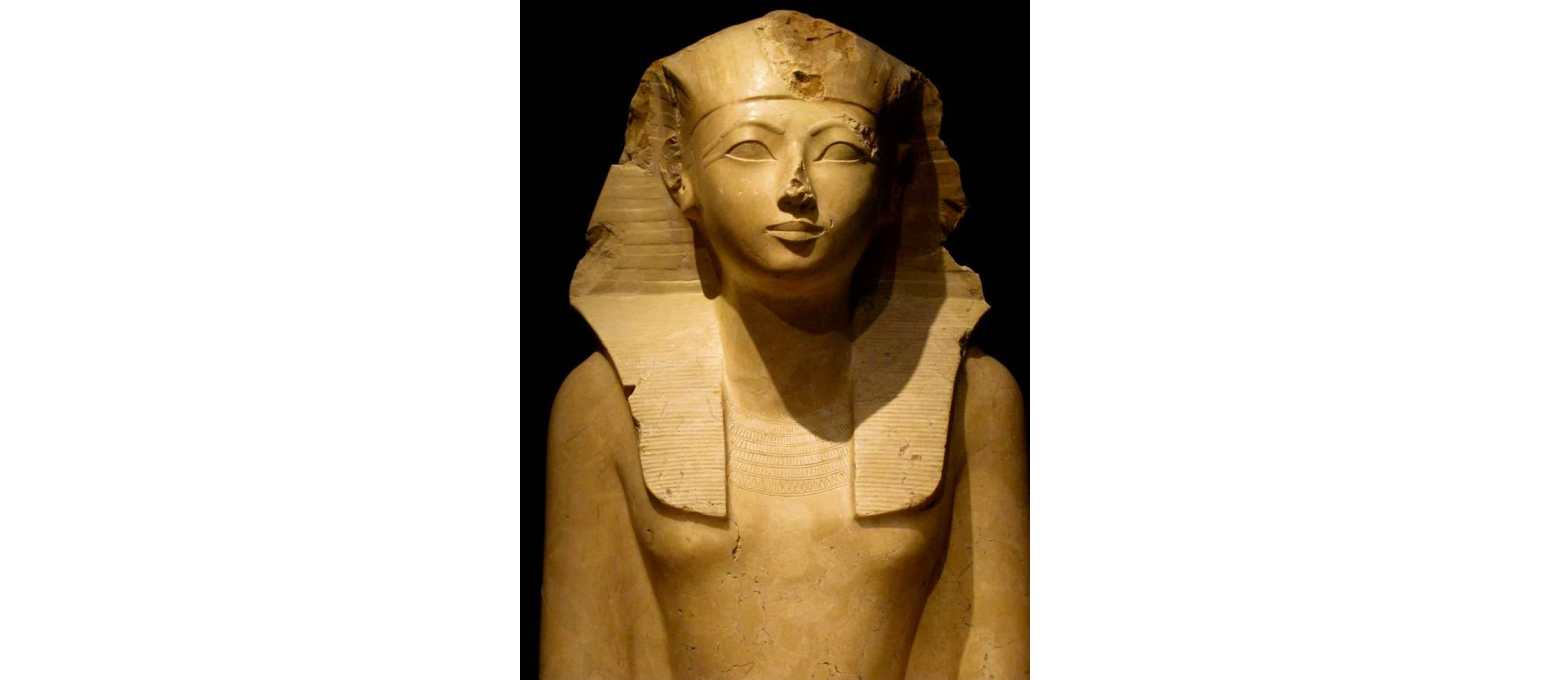Hello again art travellers, and welcome to the last entry of the mini series about Old Egypt. I’m excited because today we are going to talk about the artistic legacy of Hatshepsut. She’s one of my favorite historical characters. She was an empowered, resilient and trailblazing woman in a world ruled by men. To start, I will tell you a little about her.
Hatshepsut was one of the most important pharaohs in Old Egypt. She ruled around 1479 and 1458 B.C.E. Initially she was a regent for his stepson Tutmosis lll but later she assumed the throne for herself, becoming the first woman to be pharaoh. She was a very good ruler, bringing prosperity to his people and a very capable diplomat who assured peace with Egypt's neighbours. Initially she represented herself with the masculine attributes of pharaoh like the Nemes headpiece and the pharaonic goatee, but with a female body including breasts. However, over time, her representations became completely masculine to strengthen her authority in a masculine world. These representations, many statues and including a sphinx, are part of her art legacy.
Hatshepsut 's more relevant achievement is her temple in Deir el-Bahari, in honor of Amun Ra. Visiting this majestic temple couched between the mountains was one of the highlights of my trip to Egypt. Inside the temple I could see another of the treasures in her legacy: The reliefs showing her achievements, including her famed expedition to the exotic kingdom of Punt. To end I have to mention her impressive obelisks, of which I could see one in Karnak.
With this we say goodbye to wonderful Egypt. I hope you enjoyed this mini series. Next time we will travel somewhere else. See you soon.





